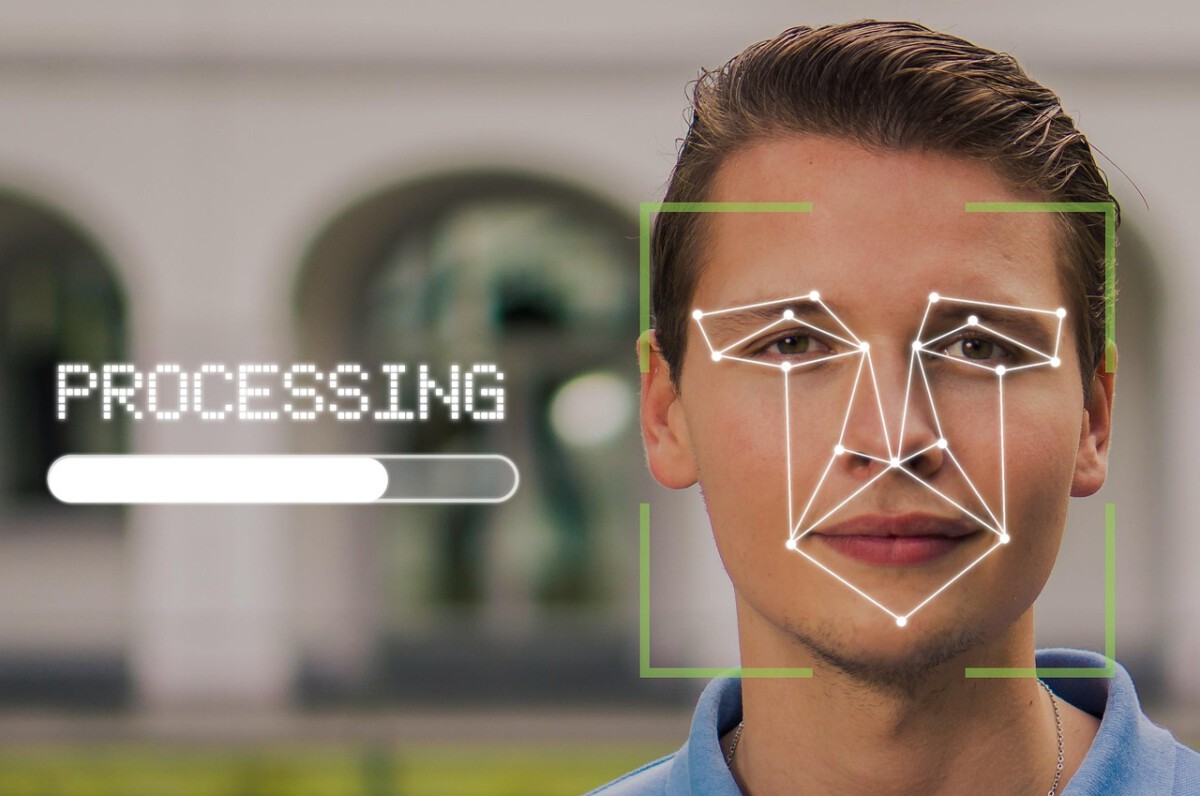China’s Surveillance Empire Reaches New Heights
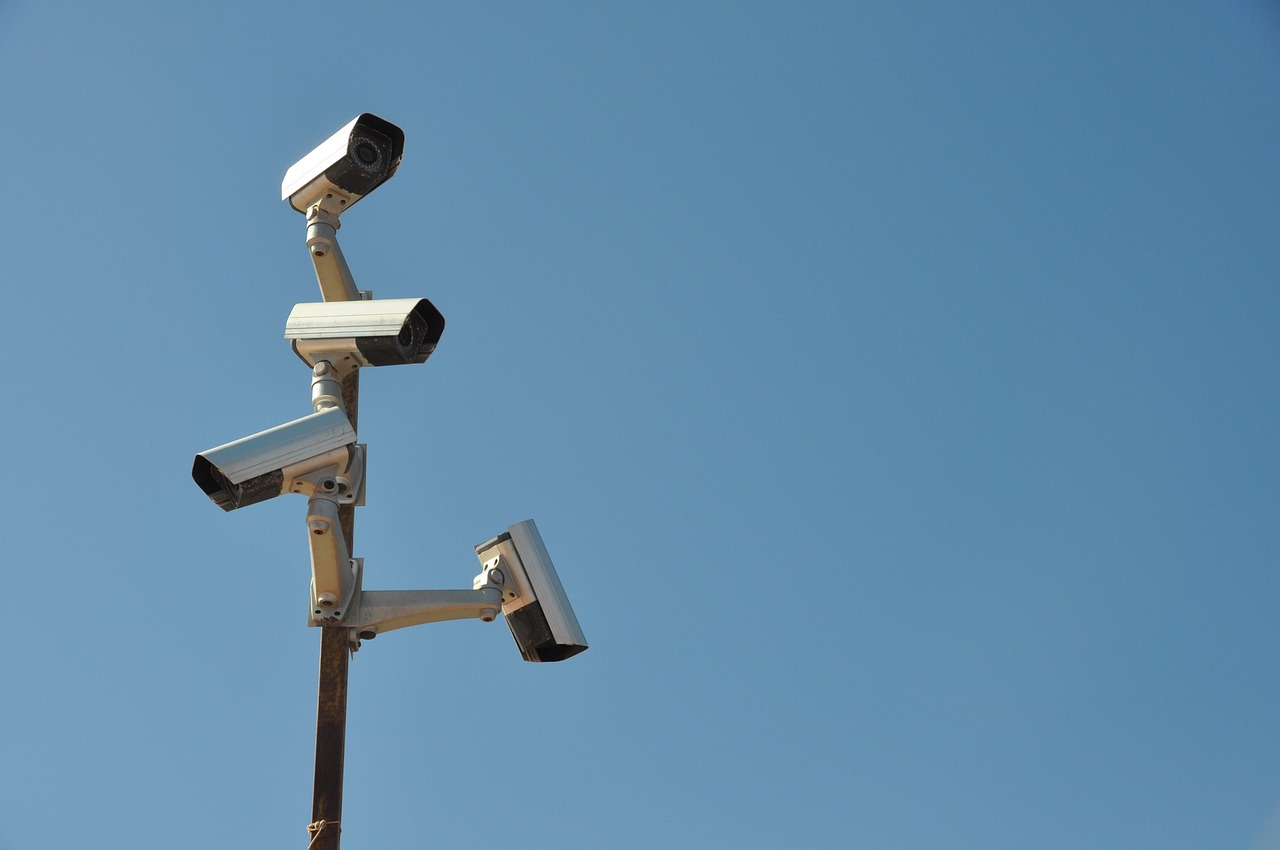
China operates over 200 million surveillance cameras equipped with artificial intelligence facial recognition software, making it the world’s largest surveillance network. The government’s social credit system continues to evolve, though as of 2024, there still seems to be little progress on rolling out a nationwide social credit score, with most of the local government pilots having ended. However, the technological infrastructure remains massive. In 2018, China spent the equivalent of US$20 billion purchasing closed-circuit television cameras and other surveillance equipment, reaching half the size of the global market’s. The sheer scale of monitoring capabilities allows authorities to track citizens through multiple methods. As of 2018, the Chinese central government had adopted facial recognition technology, surveillance drones, robot police, and big data collection targeting online social media platforms to monitor its citizens. This comprehensive approach to surveillance makes China the undisputed leader in government monitoring of citizens.
United States Expands Digital Surveillance Programs
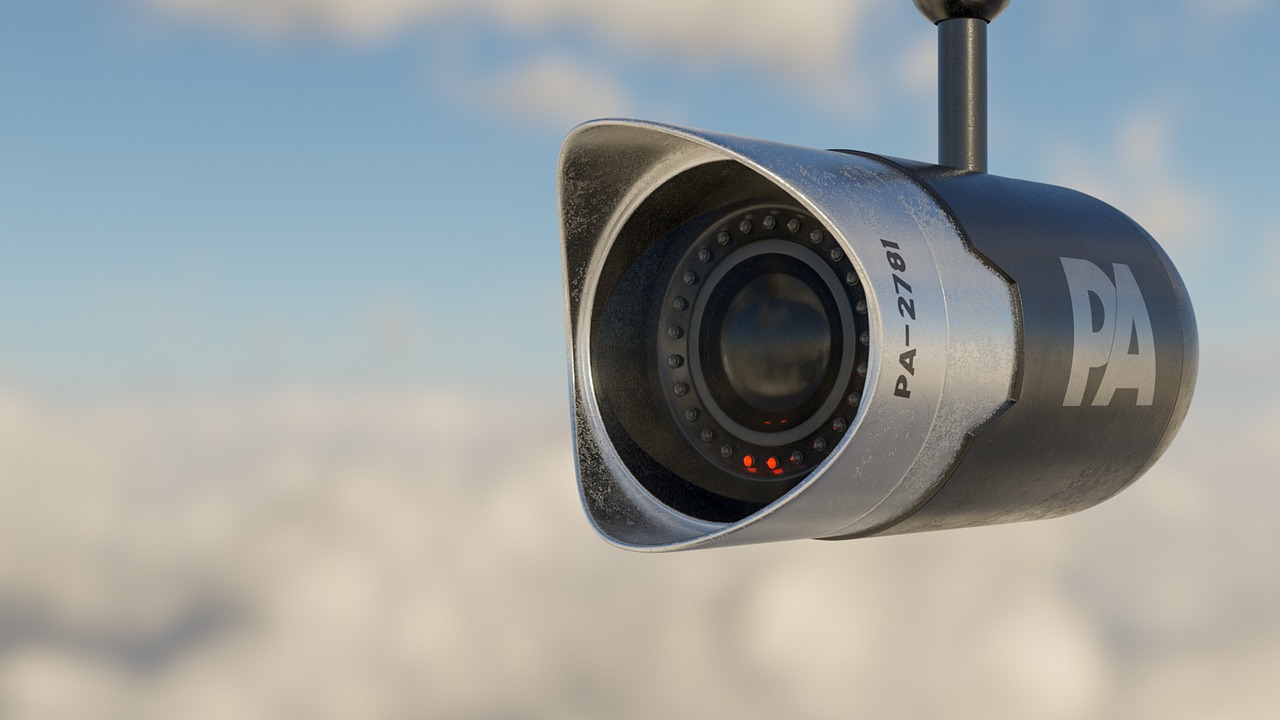
By 2021, the government was targeting the communications of a staggering 232,432 individuals, groups, and organizations under Section 702 surveillance, compared to 89,138 targets when statistics were first released after the Snowden revelations in 2013. The scope of American surveillance has grown exponentially. A transparency report from the Office of the Director of National Intelligence showed that the FBI used FISA to search the communications of up to 3,394,053 US citizens without a warrant between 2020 and 2021. The government’s collection capabilities are staggering. In 2011, Section 702 surveillance resulted in the retention of more than 250 million internet communications, and given the rate at which the number of Section 702 targets is growing, it’s likely that the government today collects over a billion communications under Section 702 each year. Recent legislative changes have made surveillance even easier. The Senate approved a massive expansion of government surveillance power through FISA Section 702 reauthorization, which allows the government to compel an enormous range of U.S. businesses, organizations, and individuals to assist the National Security Agency in conducting surveillance by giving the NSA access to their phones, computers, wifi routers, and other communications equipment.
Russia’s Digital Control System Intensifies
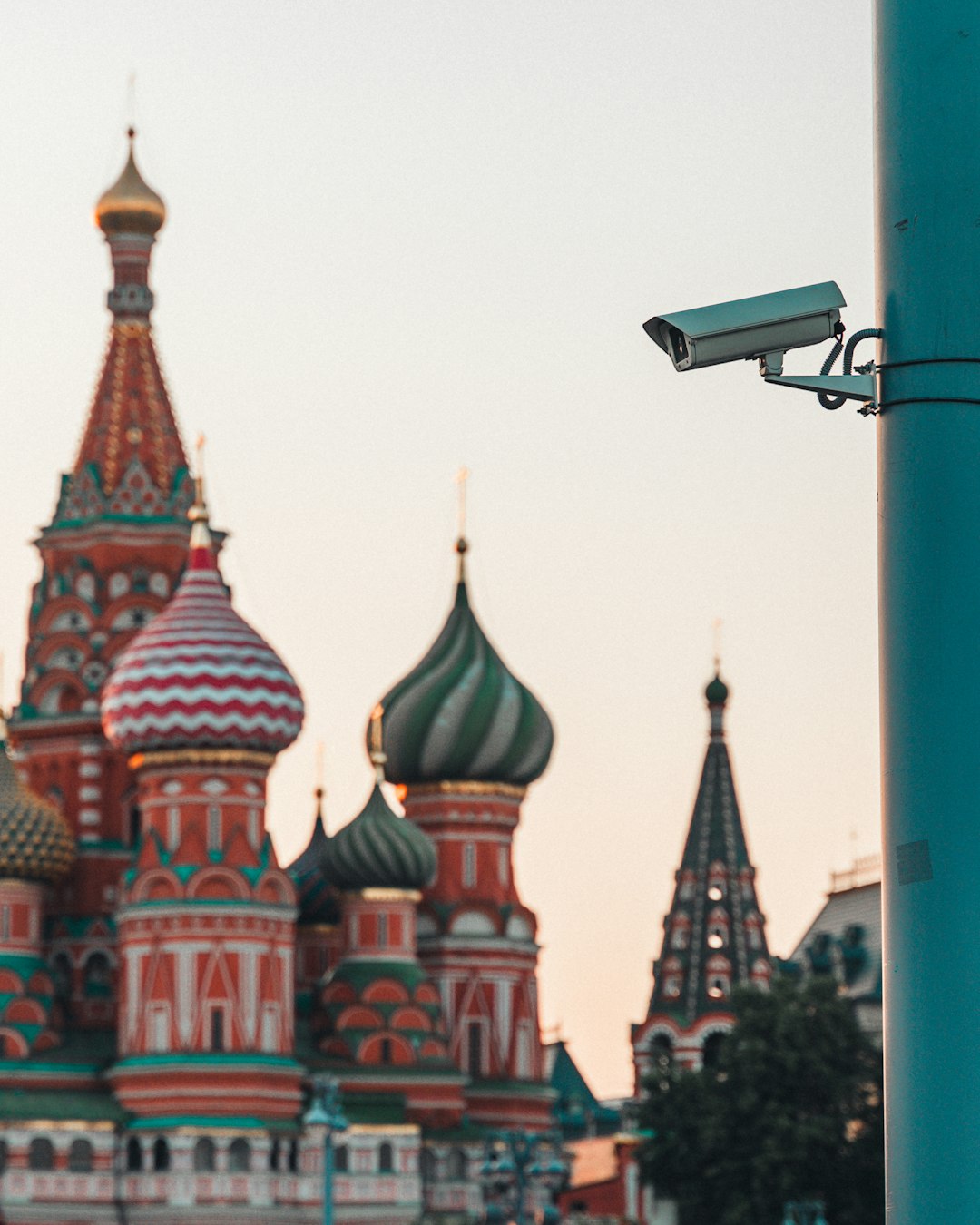
The already dire state of internet freedom in Russia worsened during 2024, with the government continuing to block critical news sites and developing increasingly sophisticated technical and legislative measures to block virtual private networks, while government agencies go to extensive lengths to surveil those who criticize the government online. The technical infrastructure is comprehensive. Russia’s System of Operational-Investigatory Measures (SORM) requires telecommunications operators to install hardware provided by the Federal Security Service (FSB) which allows the agency to monitor users’ communications metadata and content, including phone calls, email traffic, and web browsing activity. This system involves storing user traffic and must be approved by the Federal Security Service (FSB), with service providers required to work with the FSB to build a plan for SORM implementation within six months of receiving a license. The surveillance capabilities extend beyond basic monitoring. Internal accounting documents for 2024 show that one of the FSB’s most important government clients uses surveillance equipment, with documents showing that Electrotelecom installs and manages equipment for a system being used by FSB offices in St. Petersburg and the Leningrad region for surveillance. Russia’s approach to digital control is becoming increasingly totalitarian in nature.
United Kingdom’s Facial Recognition Revolution
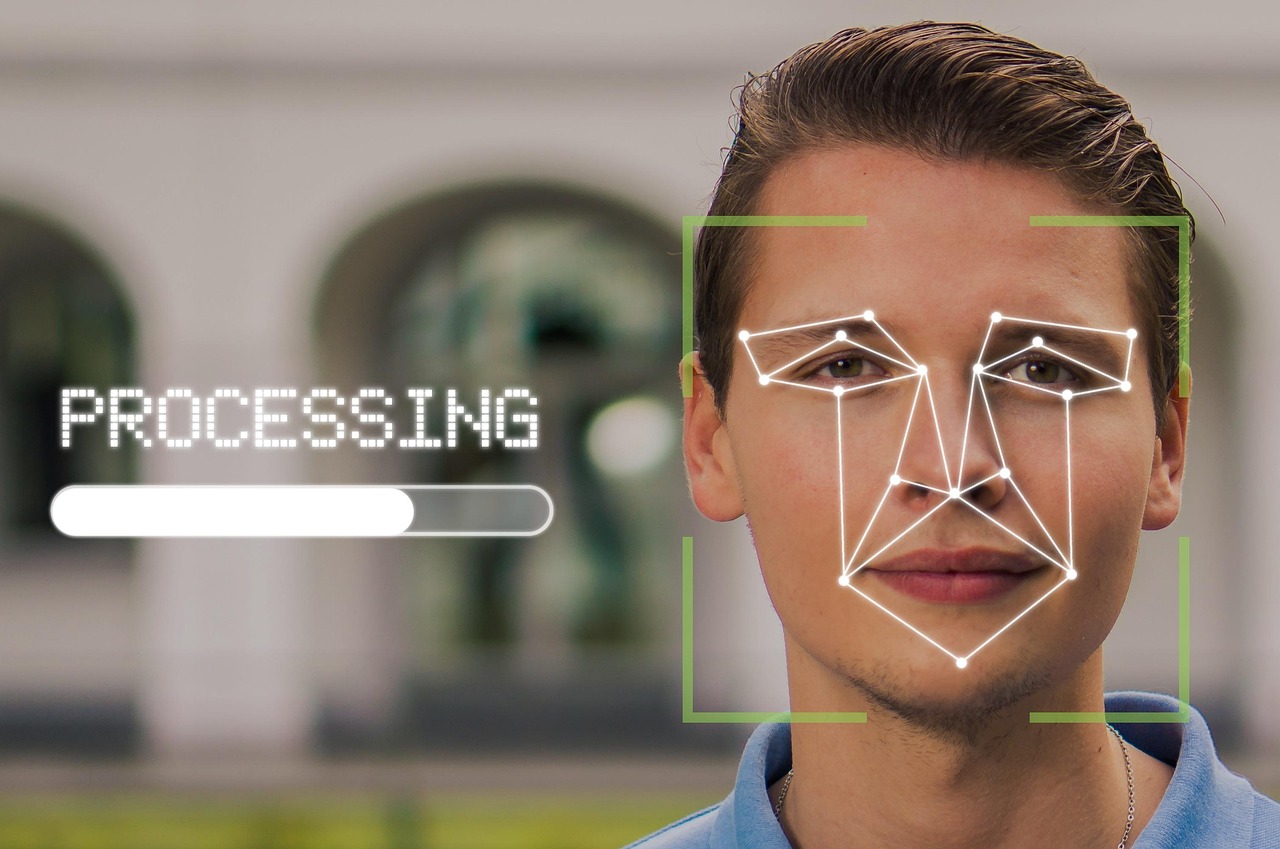
The move to install permanent facial recognition cameras represents an alarming expansion of the surveillance state, and a further slide towards a dystopian nightmare that could quickly take hold across the UK, underscoring the urgent need for legislative safeguards. The technology deployment is accelerating rapidly. According to data compiled by London Assembly Members, the Metropolitan Police used live facial recognition 117 times between January 2024 and August 2024, compared with 32 times between 2020 and 2023. There are more than 6 million CCTV cameras in the United Kingdom, more per citizen than in any country except China. The government is actively expanding these capabilities. The UK’s current Labour administration launched a $20 million contest for companies looking to supply the police with live facial recognition technology. The technology is being deployed across various locations. The technology has been deployed at the Coronation of King Charles III, music concerts, major sporting events, Notting Hill Carnival and in shopping centres. However, concerns about accuracy persist, with independent reviews of trials showing a failure rate of 81%.
India’s Massive Surveillance Infrastructure Expansion
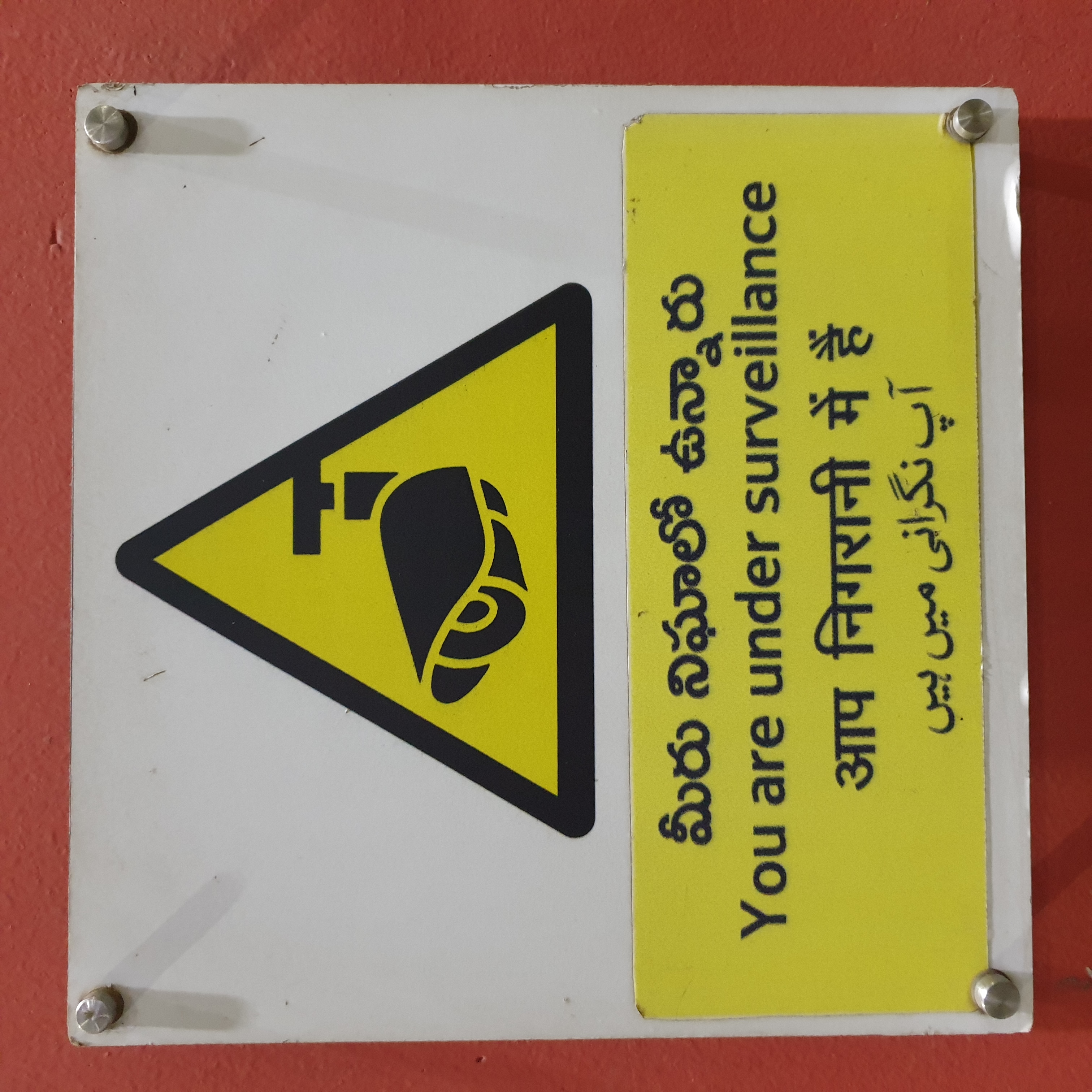
India has rapidly scaled up its surveillance capabilities through multiple systems designed to monitor citizens comprehensively. The Central Monitoring System (CMS) and the National Intelligence Grid (NATGRID) form the backbone of India’s digital surveillance network. Government agencies can now monitor phone calls, emails, and social media platforms extensively across the country. The deployment of facial recognition technology has accelerated in major metropolitan areas, with over 100 million cameras installed nationwide by 2024. These cameras are equipped with advanced AI capabilities that can identify individuals in crowded public spaces. The surveillance infrastructure is often justified as necessary for combating terrorism and maintaining public safety, but human rights organizations have raised concerns about targeting of political opponents and minority communities. The system’s reach extends to tracking location data and intercepting private communications without sufficient judicial oversight.
Iran’s Digital Repression Apparatus
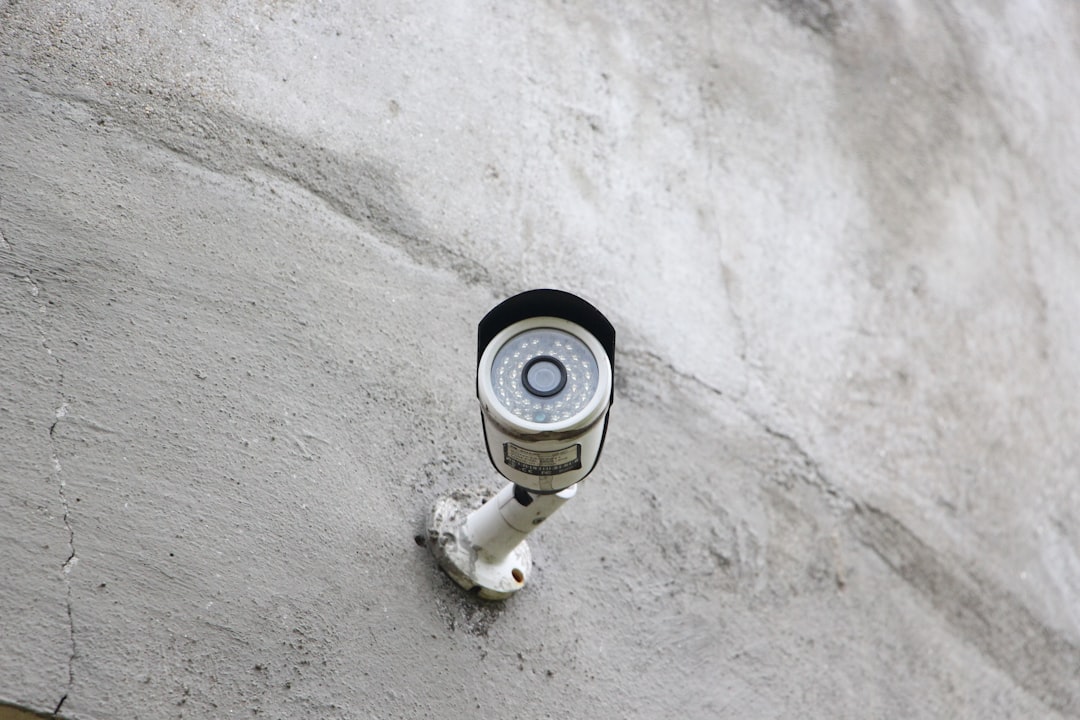
Iran maintains one of the world’s most restrictive internet surveillance systems, focusing heavily on controlling digital communications and monitoring dissidents. The government employs sophisticated filtering systems that can intercept and analyze private messages across multiple platforms. State authorities use advanced spyware to track activists, journalists, and opposition figures both domestically and internationally. The surveillance network extends to monitoring phone calls and collecting location data from mobile devices throughout the country. Social media platforms are heavily monitored using artificial intelligence systems that can detect and flag content deemed threatening to the regime. The government’s surveillance capabilities have expanded to include real-time monitoring of encrypted communications. These measures are typically justified as protecting national security and preventing foreign interference, but they effectively silence political opposition and civil society organizations.
Saudi Arabia’s High-Tech Monitoring Network
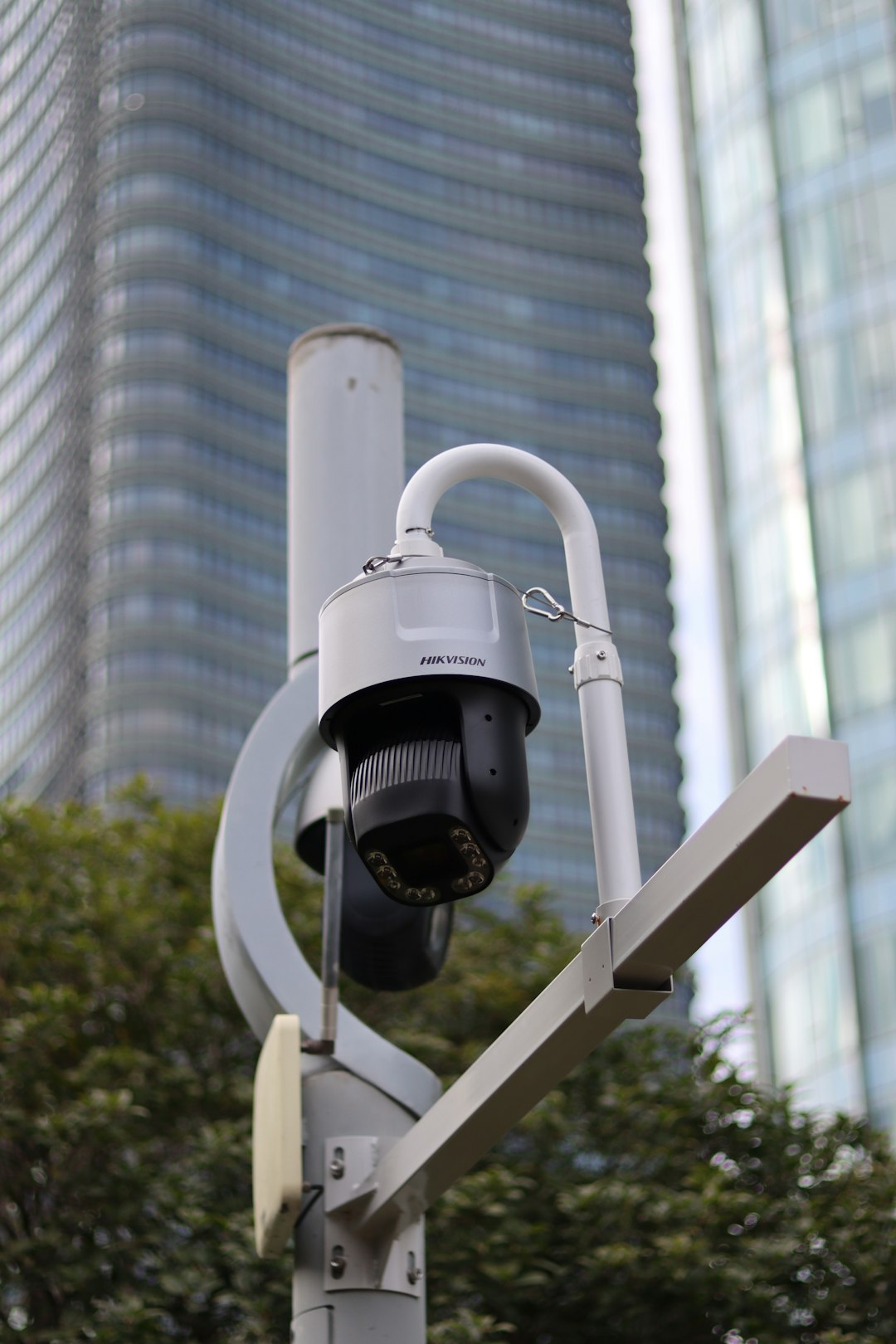
Saudi Arabia has developed extensive surveillance capabilities using cutting-edge technology to monitor citizens and suppress political dissent. The government has been linked to the use of sophisticated spyware like Pegasus, which can infiltrate smartphones and collect personal data remotely. Public spaces throughout major cities are monitored with facial recognition cameras connected to centralized databases. The surveillance system extends to comprehensive internet monitoring and social media filtering. Government authorities can track the movements and communications of activists, journalists, and opposition figures both within the country and abroad. The surveillance infrastructure is also used to monitor migrant workers and control their activities. These extensive monitoring capabilities are typically framed as necessary for maintaining social order and combating terrorism, but human rights organizations have documented their use in intimidating and silencing critics of the government.
United Arab Emirates’ Smart Surveillance State
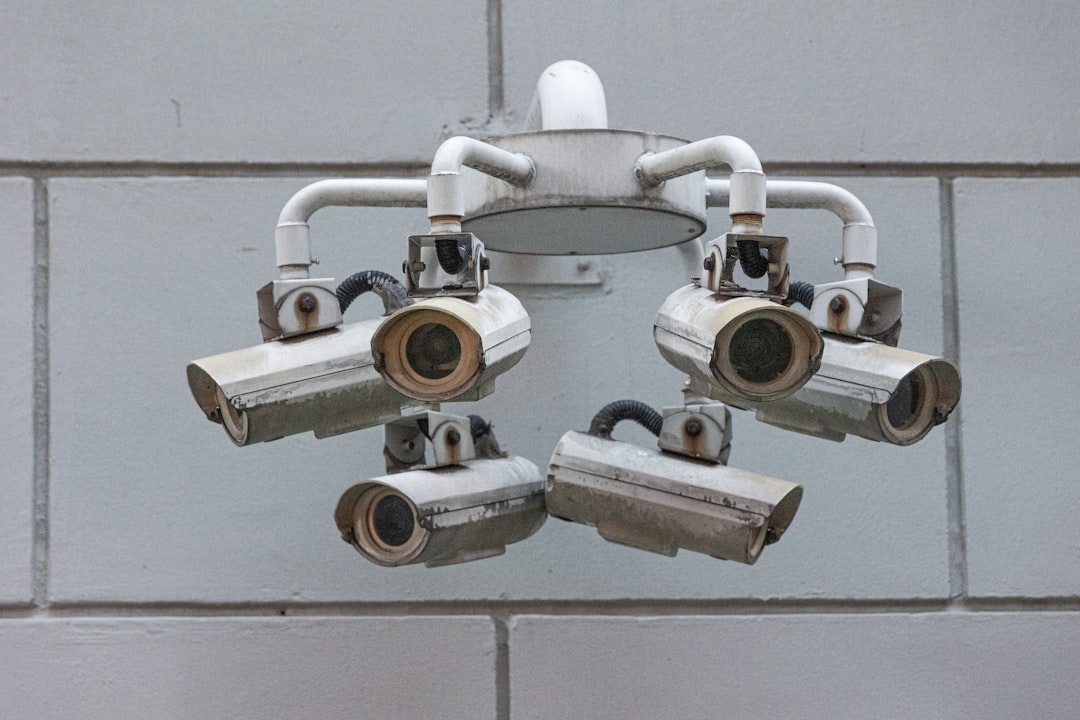
The UAE has constructed a high-technology surveillance state that combines facial recognition, biometric data collection, and AI-driven monitoring systems. Dubai and Abu Dhabi feature thousands of smart cameras that are directly linked to central government databases. The surveillance network can identify individuals in real-time and track their movements across the emirates. Government monitoring extends to comprehensive surveillance of online communications and social media platforms. The system is designed to control both citizens and the large expatriate population living in the country. Surveillance capabilities include monitoring of migrant workers and tracking of political activists or dissidents. The government justifies these extensive surveillance measures as part of the country’s modernization and security efforts. However, the comprehensive nature of the monitoring raises significant concerns about privacy rights and freedom of expression in the UAE.
Turkey’s Expanding Surveillance Operations
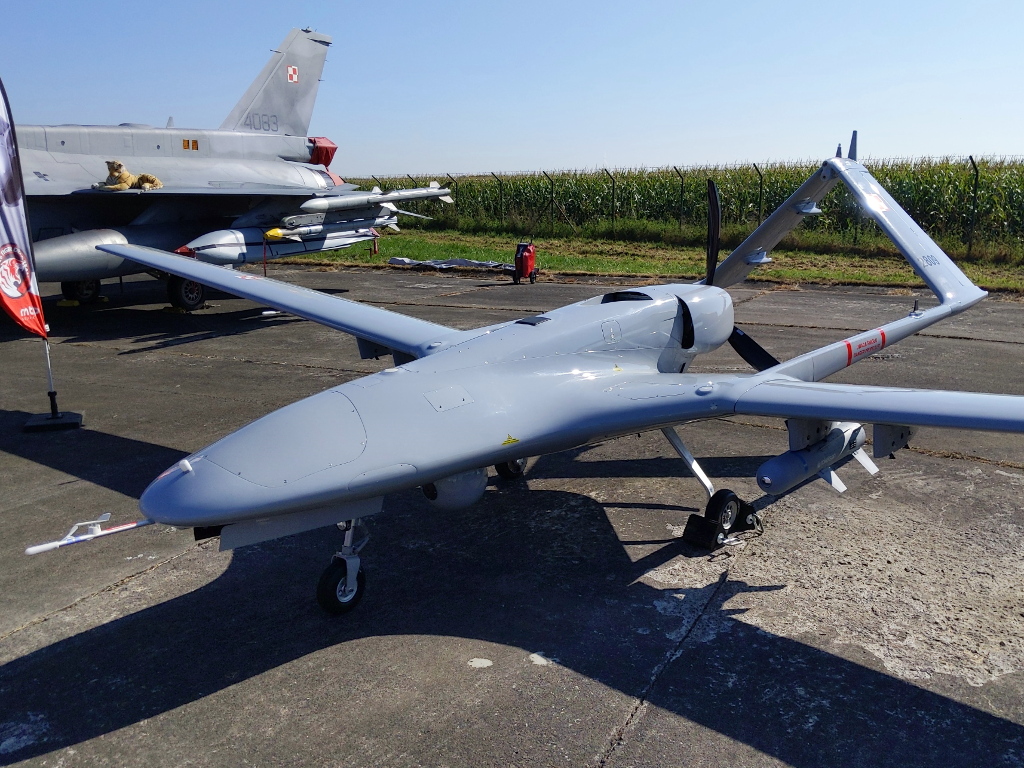
Turkey has significantly increased its surveillance activities following periods of political unrest and instability. The government monitors phone calls, internet usage, and social media platforms extensively, often targeting journalists and opposition members specifically. Advanced spyware and internet shutdown capabilities are regularly deployed during protests and periods of civil unrest. Facial recognition cameras have been installed in major cities including Istanbul and Ankara to monitor public spaces. The surveillance system is used to track and intimidate critics of the government and members of the political opposition. Communications surveillance extends to monitoring encrypted messaging applications and email services. Government authorities claim these measures are necessary to combat terrorism and maintain public order, but international human rights organizations argue they are primarily used to suppress freedom of expression and political dissent.
North Korea’s Total Surveillance Regime
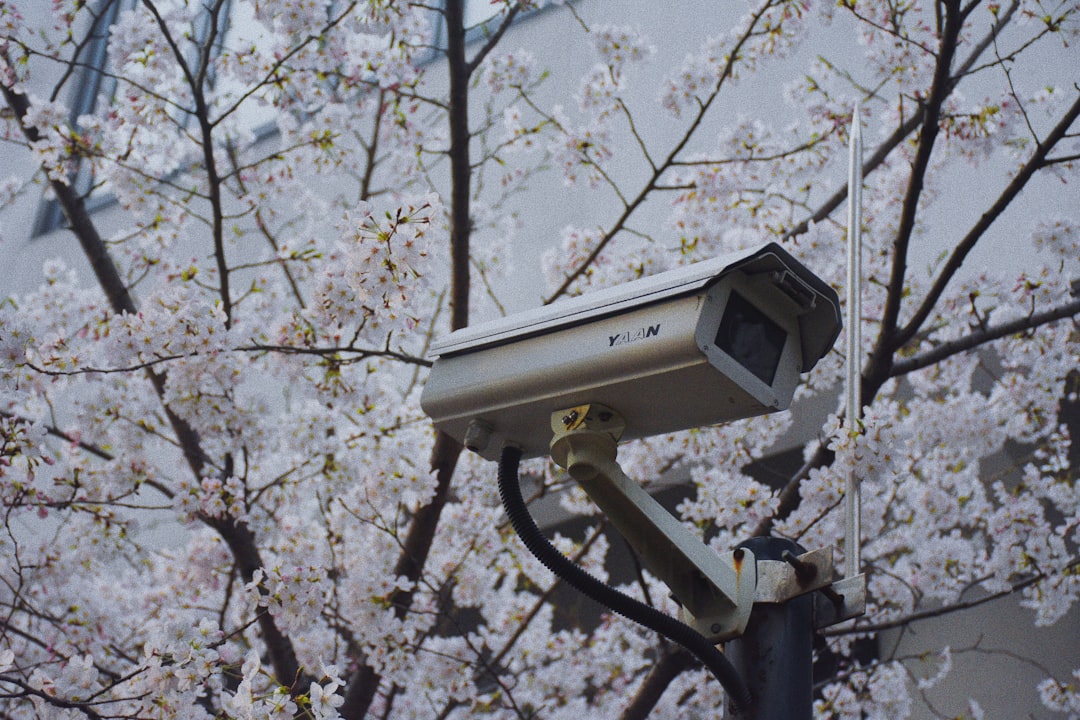
North Korea operates one of the world’s most comprehensive and secretive surveillance systems, monitoring all aspects of citizens’ lives. The government controls all communications infrastructure, including phone calls, internet access, and in-person conversations through extensive networks of informants. All media and information flow is strictly controlled by state authorities, with no independent sources of news or communication allowed. The regime uses surveillance to maintain absolute control over the population and prevent any form of political dissent or opposition. Citizens are monitored through workplace surveillance, neighborhood watch systems, and mandatory reporting of suspicious activities. The extent of surveillance includes monitoring family conversations and personal relationships. While detailed data is limited due to the country’s closed nature and restrictive information policies, experts agree that North Korea’s surveillance capabilities are among the most intrusive and comprehensive in the world.
What’s really shocking is how these surveillance programs have grown so quietly, right under our noses – makes you wonder what’s coming next, doesn’t it?

